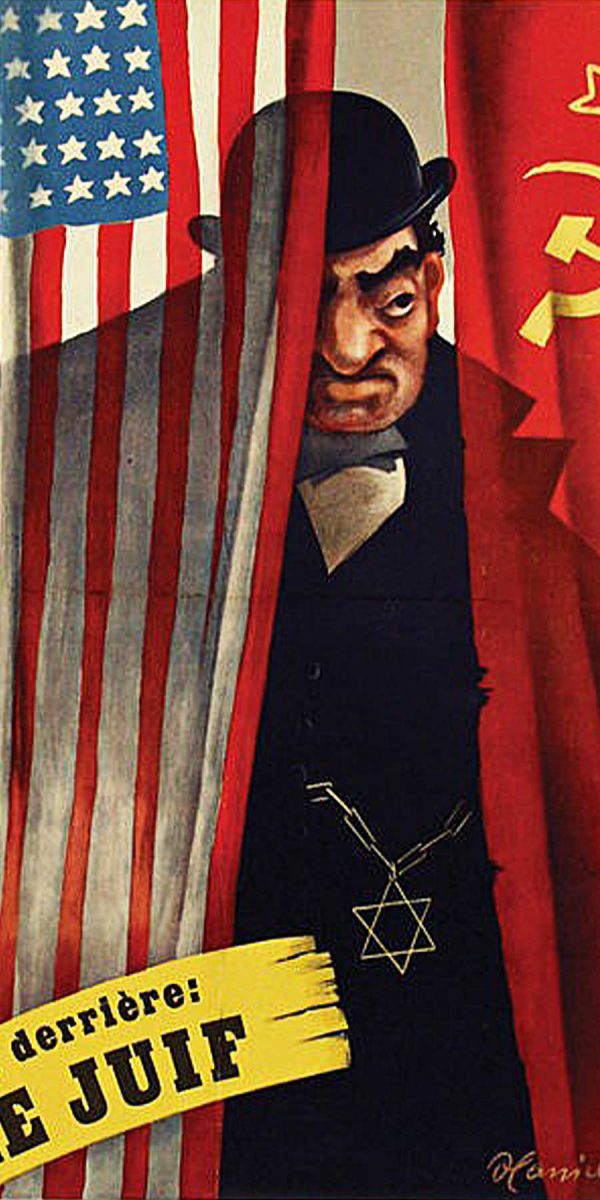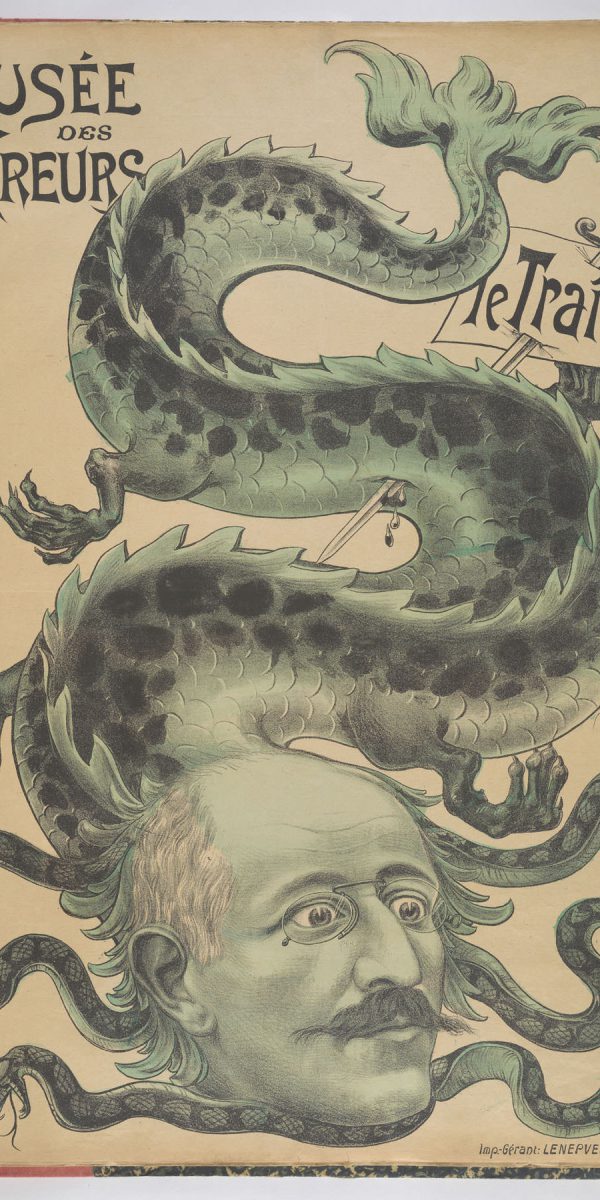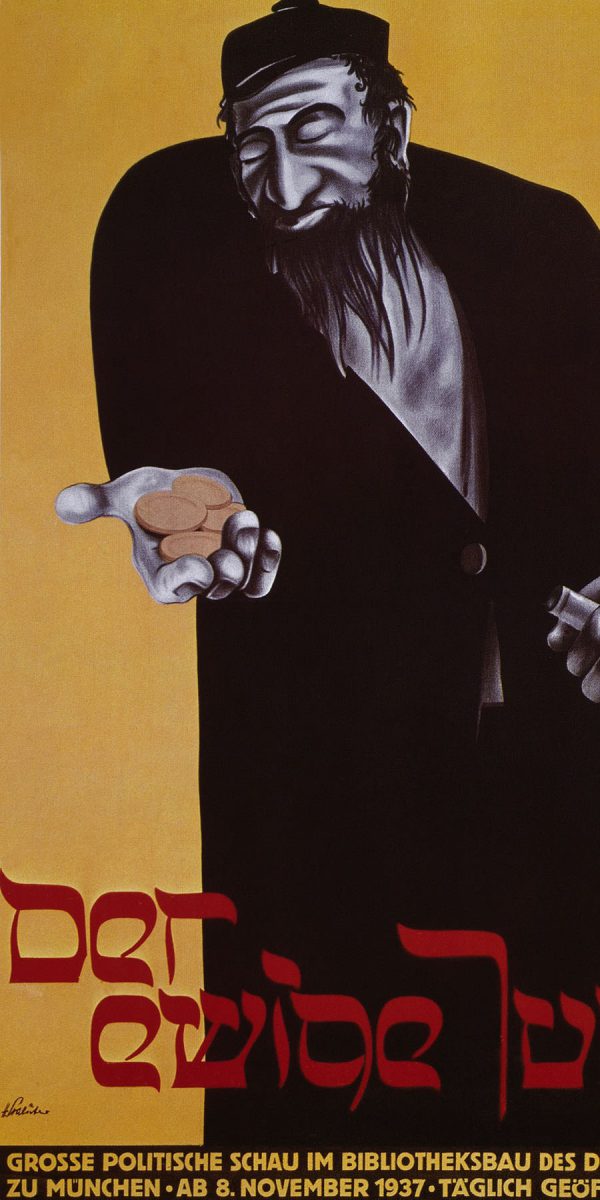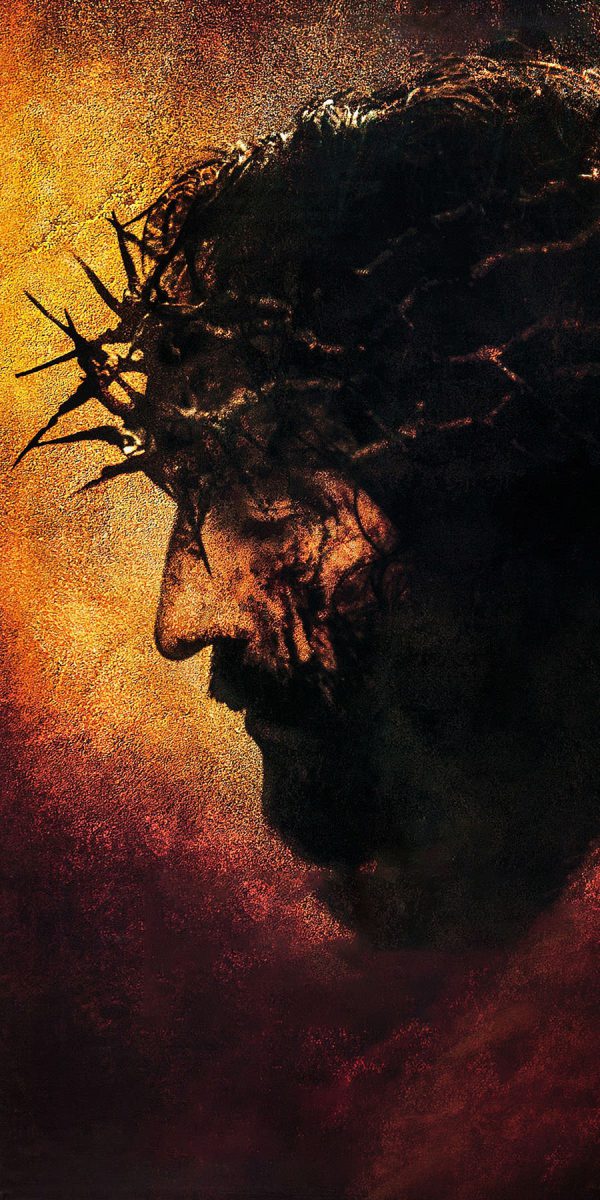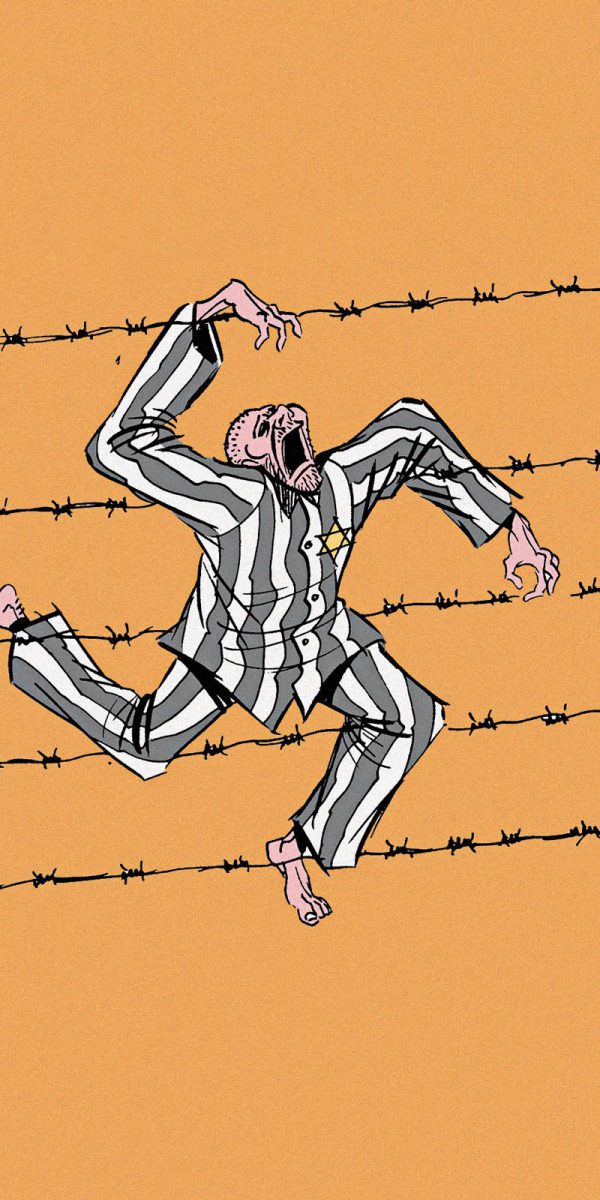Antisemitism Uncovered
A Guide to Old Myths in a New Era
Antisemitic Myths
Antisemitism Uncovered: A Guide to Old Myths in a New Era is a comprehensive resource with historical context, fact-based descriptions of prevalent antisemitic myths, contemporary examples and calls-to-action for addressing this hate.
Introduction
On July 10, 1933, nearly a decade before the Holocaust, Dr. Paul Joseph Goebbels, the Nazi Minister of Propaganda, was on the front cover of TIME Magazine, stating “THE JEWS ARE TO BLAME!”1 Lilly Rothman, “’It’s Not That the Story Was Buried.’ What Americans in the 1930s Really Knew About What Was Happening in Germany,” Time Magazine, updated July 10, 2018, https://time.com/5327279/ushmm-americans-and-the-holocaust/.
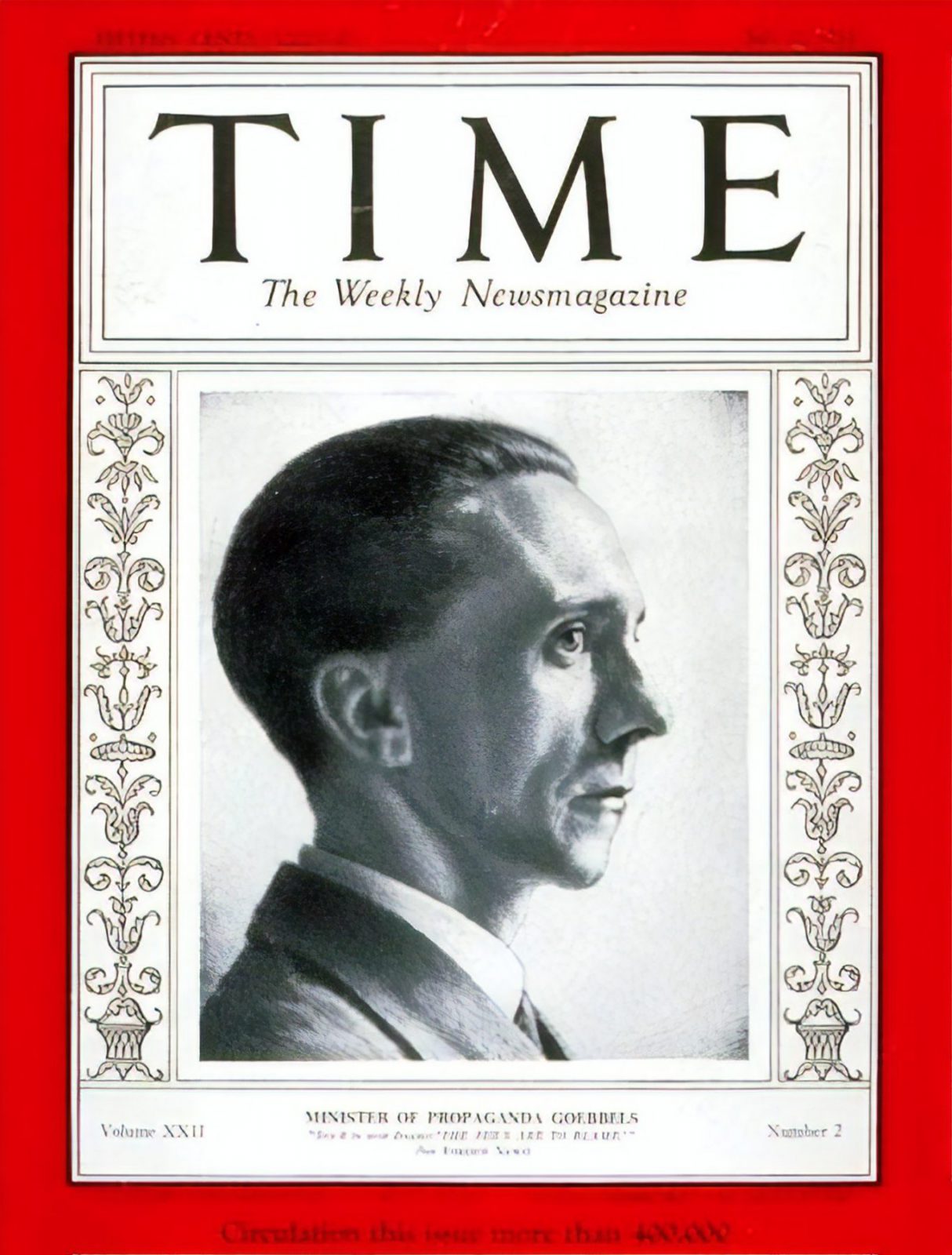 Eisenstaedt, Alfred, Joseph Goebbels, Nazi Minister of Propaganda (1933), cover photo, Time Magazine http://content.time.com/time/covers/0,16641,19330710,00.html
Eisenstaedt, Alfred, Joseph Goebbels, Nazi Minister of Propaganda (1933), cover photo, Time Magazine http://content.time.com/time/covers/0,16641,19330710,00.htmlIn the years that followed, millions of Jews across Europe were terrorized, hunted and murdered by Nazis, their collaborators and those coerced by them. While the Holocaust was unique in the systematic, industrial means it employed to annihilate the Jewish people, large scale persecutions and killings of Jews did not start with the Nazis. They have happened during other times and in other regions. Indeed, hatred of Jews existed for millennia before the Holocaust and did not end with the murder of the six million. We must remember that the warning signs leading up to even the most lethal of social epidemics are typically far from immediate or obvious. And so today, it is our collective responsibility to recognize the patterns of hate-based prejudice, how this mindset takes root and even more so how it operates.
While antisemitism has sometimes escalated to violent or genocidal levels, it more often appears in subtler ways, such as insensitive remarks that are brushed off, or negative stereotypes that go unchallenged. We must never normalize even seemingly harmless forms of hate-based prejudice; this is what strengthens dangerous social attitudes, which can erode the values of even the most just society. Silence and complacency in the face of biased remarks or actions permit others to internalize harmful messages, making such messages commonplace. Antisemitism is unique in many ways, but, like other forms of hate, it grows in silence and blossoms in acquiescence.
And yet it is not always easy to recognize and combat antisemitism. For example, while knowledge of the Holocaust helped banish overt antisemitism in many contexts in the postwar decades, surprising numbers of young people today are unaware of the most basic facts about what happened to Europe’s Jews during World War II. According to a nationally representative March 2018 survey, commissioned by the Conference on Jewish Material Claims Against Germany, only 36 percent of millennials (ages 18-34) in the United States knew that six million Jews perished during the Holocaust.2Claims Conference, Conference on Jewish Material Claims Against Germany; “New Survey by Claims Conference Finds Significant Lack of Holocaust Knowledge in the United States,” http://www.claimscon.org/study/.
As survivors enter their final years and society moves forward, the Holocaust recedes from public memory, making Nazism appear almost other-worldly, like a historical impossibility. Moreover, many of those who truly are familiar with the history of the Holocaust or other massive anti-Jewish atrocities are unable or unwilling to recognize subtler manifestations of antisemitism, envisioning many contemporary Jews as a privileged group that is not sufficiently vulnerable to warrant significant concern or action. These and other factors explored below have contributed to a decrease in the previous stigmatization of antisemitic attitudes and a tendency not to take warning signs seriously.
Antisemitism has commonalities with racism, anti-Muslim bias, xenophobia, homophobia, transphobia, misogyny and other forms of hate and discrimination. It also has certain unique characteristics as a specific set of ideologies about Jews that has migrated across discourses. In almost every part of society, this hatred has been conjured and adjusted to suit the values, beliefs and fears of specific demographics and contexts. We cannot fight antisemitism without understanding how it is both intertwined with other forms of prejudice and how it is unique.
This report will help to identify what antisemitism is and how it manifests, from the ancient past to the present day. With a long history as a distinct minority group living in exile, Jews in various contexts across the globe have been misunderstood and subject to harmful characterizations that have endured through the ages. Accordingly, Jews often have found themselves wrongfully scapegoated, reviled, persecuted, expelled and murdered. They have been an easy target from all sides, sometimes attacked for remaining “too different” from dominant majority cultures or conversely for blending in “too well” within these same societies. Despite the diversity of Jewish people and of Judaism as a religion, antisemitism understands Jews as an unchanging, negative force in the world and draws on a deep reservoir of lies and propaganda to support that faulty understanding.
While antisemitism obviously harms and worries Jews, we must also be mindful that it threatens democracy and is an indicator of the health of a society as a whole, of a society’s capacity to think reasonably and behave humanely. Antisemitism attacks Jews specifically, but it is the body politic that is ultimately impoverished by it.
We face complicated challenges in today’s world. The lack of simple, straightforward answers embolden those who seek an easy culprit on whom to blame those problems. The hateful myths and conspiracy theories levied against Jews throughout history offer accessible templates for such blame. Cultures of silence and complacent attitudes have helped antisemitism to gain new currency in the United States and around the world. Without the requisite knowledge to recognize this evil, we are at a disadvantage to stop it.
In the pages that follow, we examine the history of antisemitism in order to understand its roots and how it has been linked with wider narratives and power structures and, thus, to debunk the acceptance it has increasingly been granted. We then examine seven of the most common antisemitic myths. These tropes have been repeated knowingly and unknowingly, too often leading to violence. For each myth, we offer context and examples to help identify it.
With mounting threats against marginalized communities on today’s global stage, there is urgency. In this environment, it is imperative for each and all of us, Jewish or not, to understand and speak out against the so-called oldest hatred and preempt future acts of violence such attitudes might encourage. We have to know what antisemitism is, to be able to see it in practice, and to be willing to oppose it now.
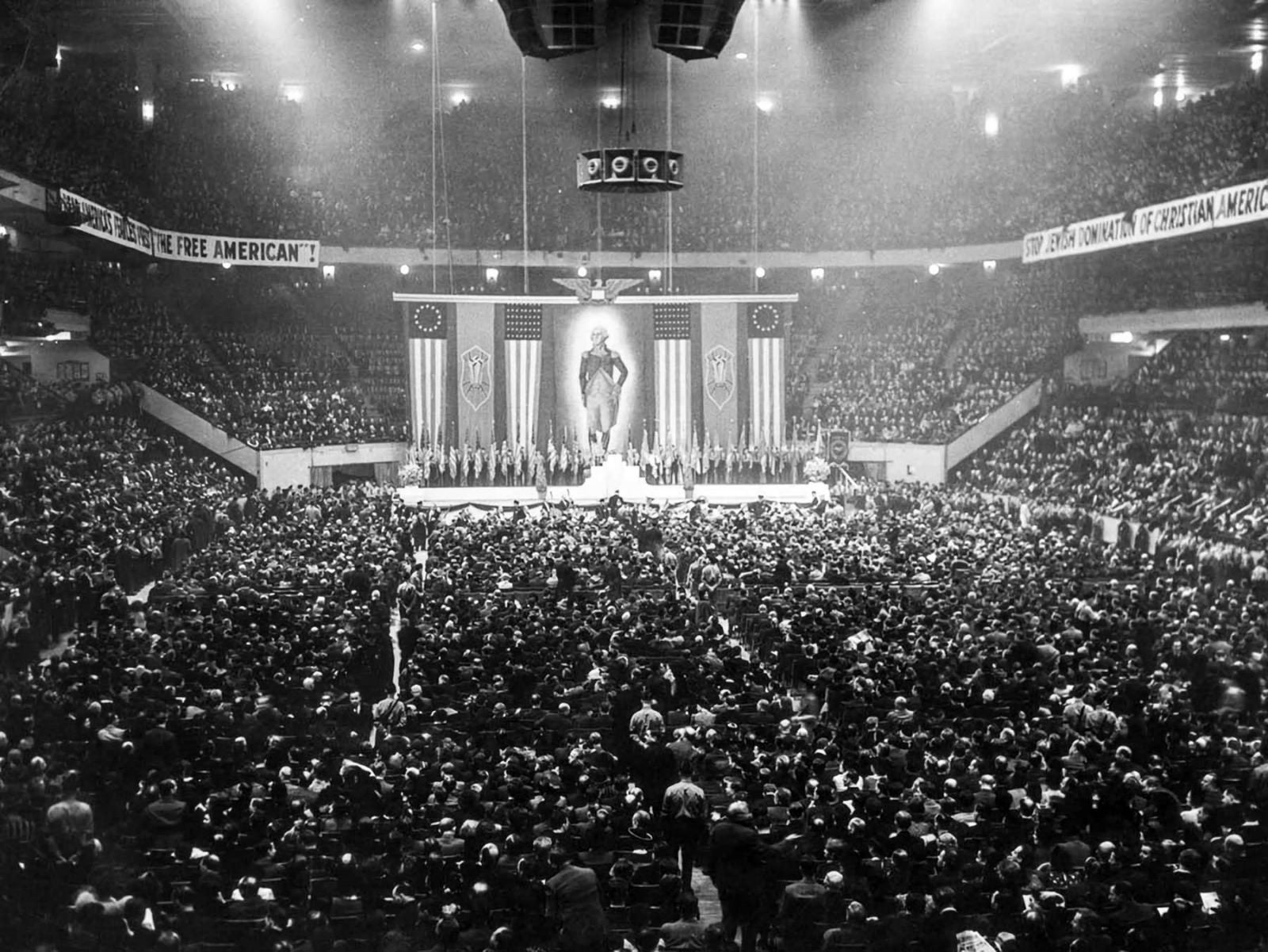
Definition of Antisemitism
In early 2017, the editors of the Merriam-Webster Dictionary tweeted, “‘Antisemitism’ is among our top lookups this afternoon.”3Twitter; “Merriam-Webster”; https://twitter.com/MerriamWebster/status/832339726644441088. Four days later, they reported the same.4Twitter; “Merriam-Webster”; https://twitter.com/MerriamWebster/status/834047350926614533.
It wasn’t surprising, perhaps, that so many people wanted to know what the term meant. They were reading about it and hearing about it more regularly, as antisemitic incidents in the United States rose in numbers.
Merriam-Webster’s cogent definition — “hostility toward or discrimination against Jews as a religious, ethnic, or racial group”5Twitter; “Merriam-Webster”; https://www.merriam-webster.com/dictionary/antisemitism. — fails to provide a thorough consideration of this complicated issue. Of course, no single definition is perfect. The International Holocaust Remembrance Alliance (IHRA) convened a plenary of its 32 member nations in 2016. The researchers and scholars affirmed a lengthy working definition that begins with the following:
Antisemitism is a certain perception of Jews, which may be expressed as hatred toward Jews. Rhetorical and physical manifestations of antisemitism are directed toward Jewish or non-Jewish individuals and/or their property, toward Jewish community institutions and religious facilities.6 International Holocaust Remembrance Alliance; “Working Definition of Antisemitism”, https://www.holocaustremembrance.com/working-definition-antisemitism.
The IHRA definition includes numerous examples of how antisemitism can be manifested, including in classic and current forms, such as when criticism of Israel crosses the line from fair critique of policies into antisemitism. Some examples include:
- Denying the Jewish people their right to self-determination, e.g., by claiming that the existence of a State of Israel is a racist endeavor.
- Applying double standards by requiring of it a behavior not expected or demanded of any other democratic nation.
- Using the symbols and images associated with classic antisemitism (e.g., claims of Jews killing Jesus or blood libel) to characterize Israel or Israelis.
- Drawing comparisons of contemporary Israeli policy to that of the Nazis.
- Holding Jews collectively responsible for actions of the state of Israel.
This legally non-binding working definition provides valuable guidance for elected officials, law enforcement, university administrators, educational professionals and community leaders on what exactly is antisemitism and the many different forms it can take.
Why did it take a large panel to define a single term? Because antisemitism contains features that are both similar and different from other forms of hate or prejudice, reflecting a long, complex and specific set of histories regarding Jewish and non-Jewish relations.
As the IHRA’s definition indicates, antisemitism encompasses hatred of Jews on the basis of their existence as human beings, not simply as followers of the Jewish religion. It does so through contradictory logic that envisions Jews as both excessively powerful and as weak or even subhuman. In this respect, antisemitism departs slightly from racism. Racism often involves a clear power dynamic in which a privileged group believes itself to be naturally superior and attempts to retain its social advantages by persecuting or discriminating against other racialized groups. While most forms of racism focus on emphasizing the perceived weaknesses of another group, antisemites tend to portray Jews as both too strong and too weak, as well as the cause of all social problems.
The list of paradoxes is long. Jews have been blamed by racists for promoting racial equality and by racial minorities for promoting slavery and racism. Jews have been blamed by capitalists for preaching socialism and by socialists for alleged capitalist exploitation. Jews have been targeted by social conservatives for empowering sexual minorities and by queer activists for patriarchal conservatism. And the list goes on. Like non-Jews, Jews constitute a diverse population that does not act monolithically. However, the particular conditions of Jewish history, interpreted through antisemitic ideology, have contributed to perceptions of Jews as nefarious actors and manipulative magicians, always to blame. Thus, unlike other kinds of prejudice, antisemitism is a paranoid mentality that intertwines an imagined Jewish essence in relationship with other ideological concerns, prejudices or aims. Ultimately, it rests on applying simple, false explanations to complex social problems. Across eras and cultures, these ideas about Jews have been used to justify exclusion, discrimination, violence and genocide.
The primacy of antisemitism tends to be contextual and periodic. Antisemitism typically surges in times of political or economic uncertainty as well as rapid social change, often used as a tool of political manipulation or populist anger. We have seen this again and again throughout history.
In nearly every generation, centuries-old antisemitic stereotypes and myths are recycled. And because antisemitism in the present draws inspiration from hateful ideas of the past, exploring the historical origins of antisemitism is the first step toward understanding and addressing it and working to restrain and, ultimately, eradicate it.
The primacy of antisemitism tends to be contextual and periodic. Antisemitism typically surges in times of political or economic uncertainty as well as rapid social change.
Antisemitism In History
Antisemitism has followed the Jewish community across continents and through history, both globally and in the United States. Antisemitic myths continue to fester today.
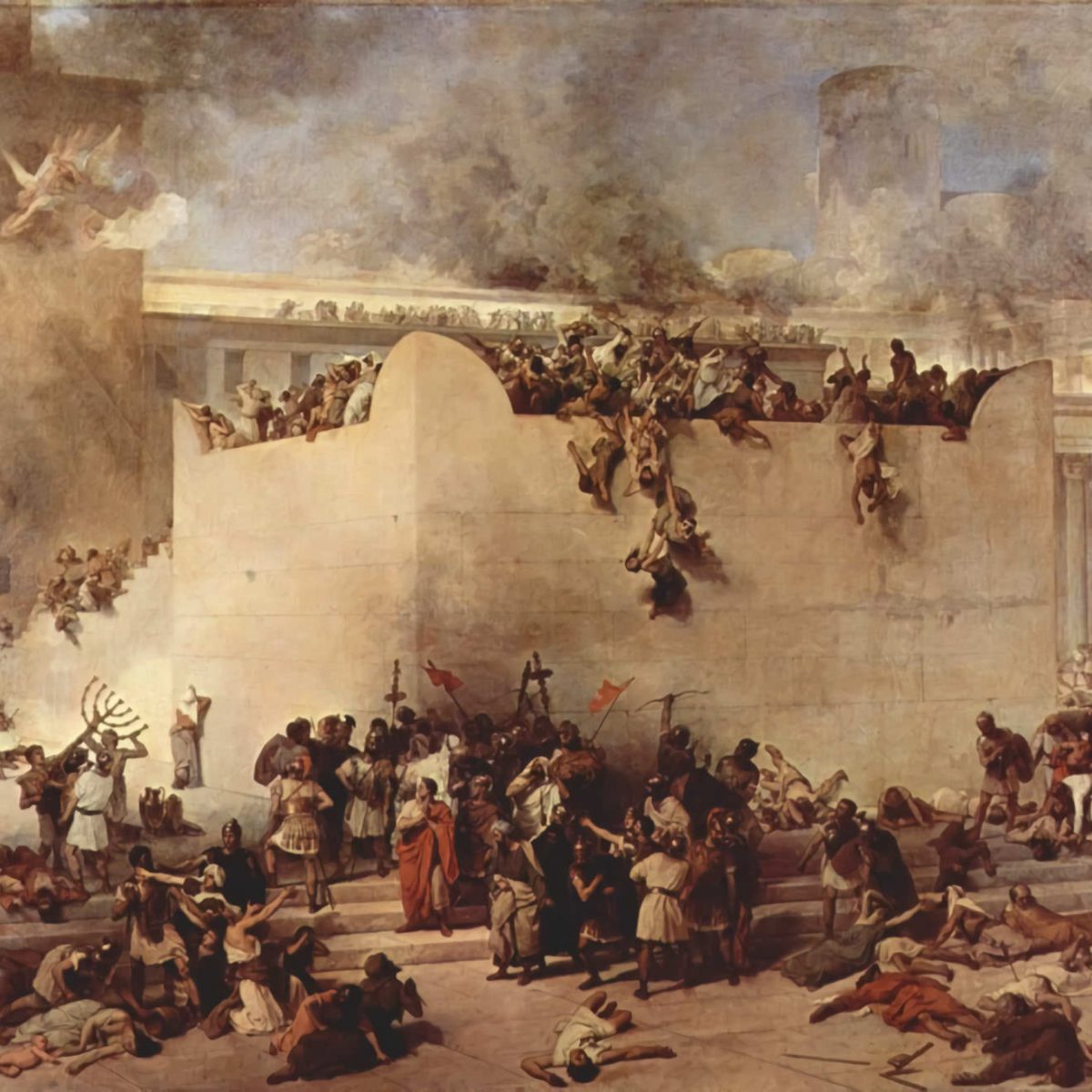
Antisemitism in Global History
Although anti-Jewish hatred can be traced all the way back to the ancient world, the word “antisemitism” is a modern invention that emerged in the wake of rising European nationalism.

Antisemitism in American History
From the early days of independence, America’s founders imagined the United States as a land of religious tolerance. Article IV of the United States Constitution promised that religious tests were not to be used in elections to any American office or public trust.

Antisemitic Myths
The antisemitic myths about power, loyalty, greed, deicide, the blood libel, Holocaust denialism and anti-Zionism have persisted over time. A descriptive arc from historic origin to contemporary examples contextualizes the faulty logic behind each one.
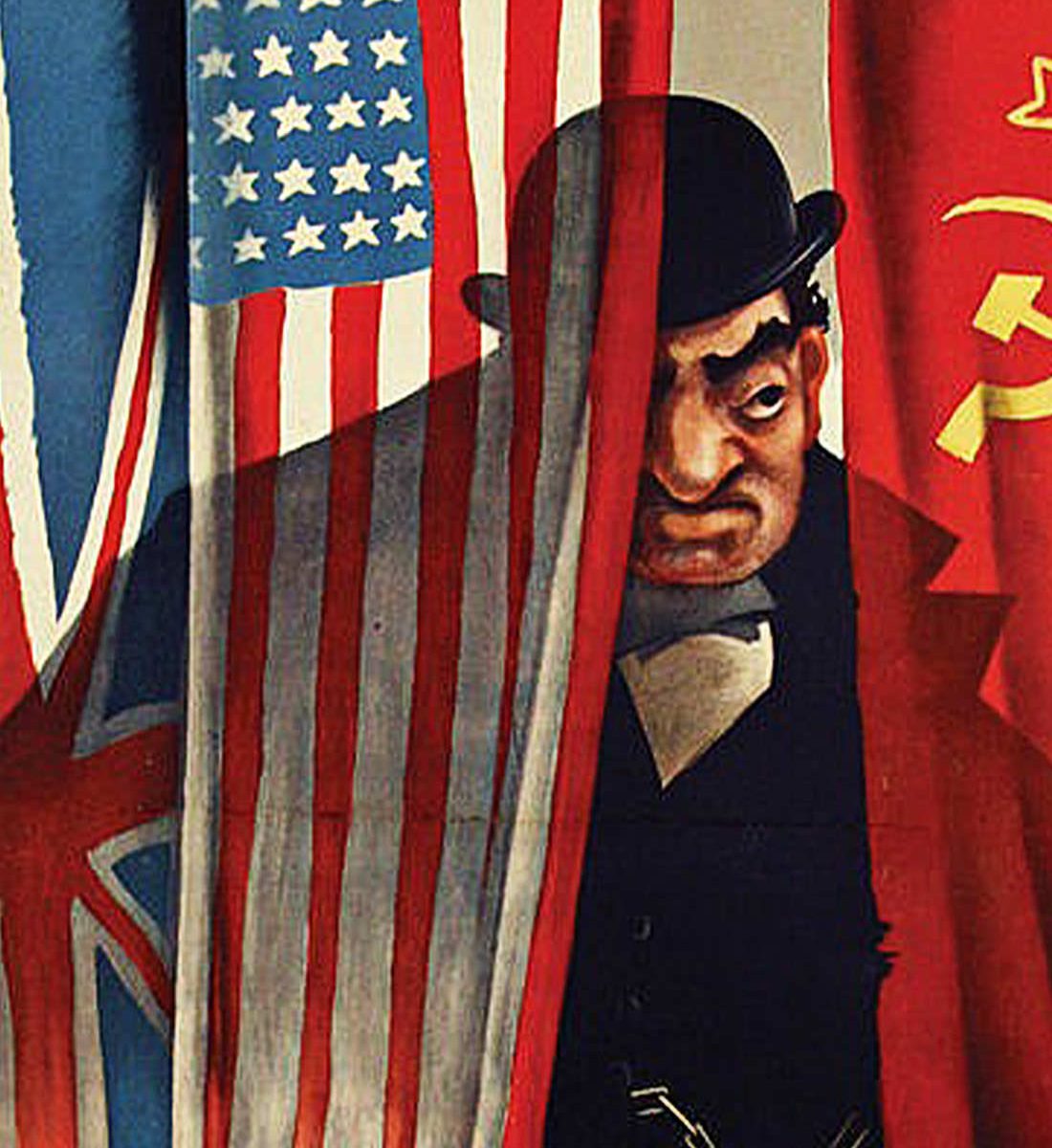
Myth: Jews Have Too Much Power
Jews account for approximately 0.2 percent of the global population. And yet antisemites believe that this tiny minority is not only on a quest for total world domination, but is already in control of banks, the media, industry, government—even the weather.
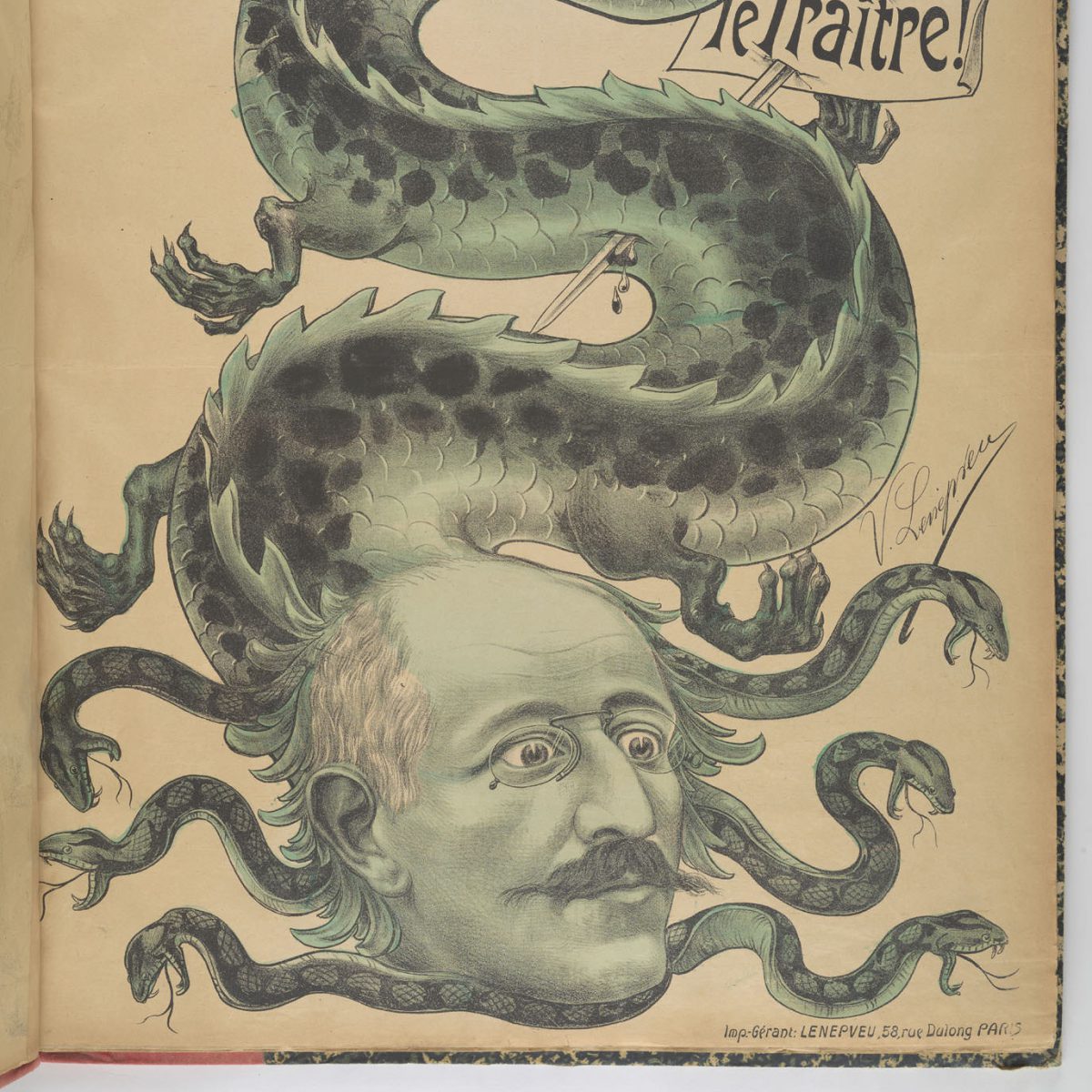
Myth: Jews Are Disloyal
Antisemites frequently suspect Jews of holding allegiance only to fellow Jews and to a uniquely Jewish agenda. Jews are accordingly seen as untrustworthy neighbors and citizens, as if they are inherently disloyal — or have inherently dual loyalties.
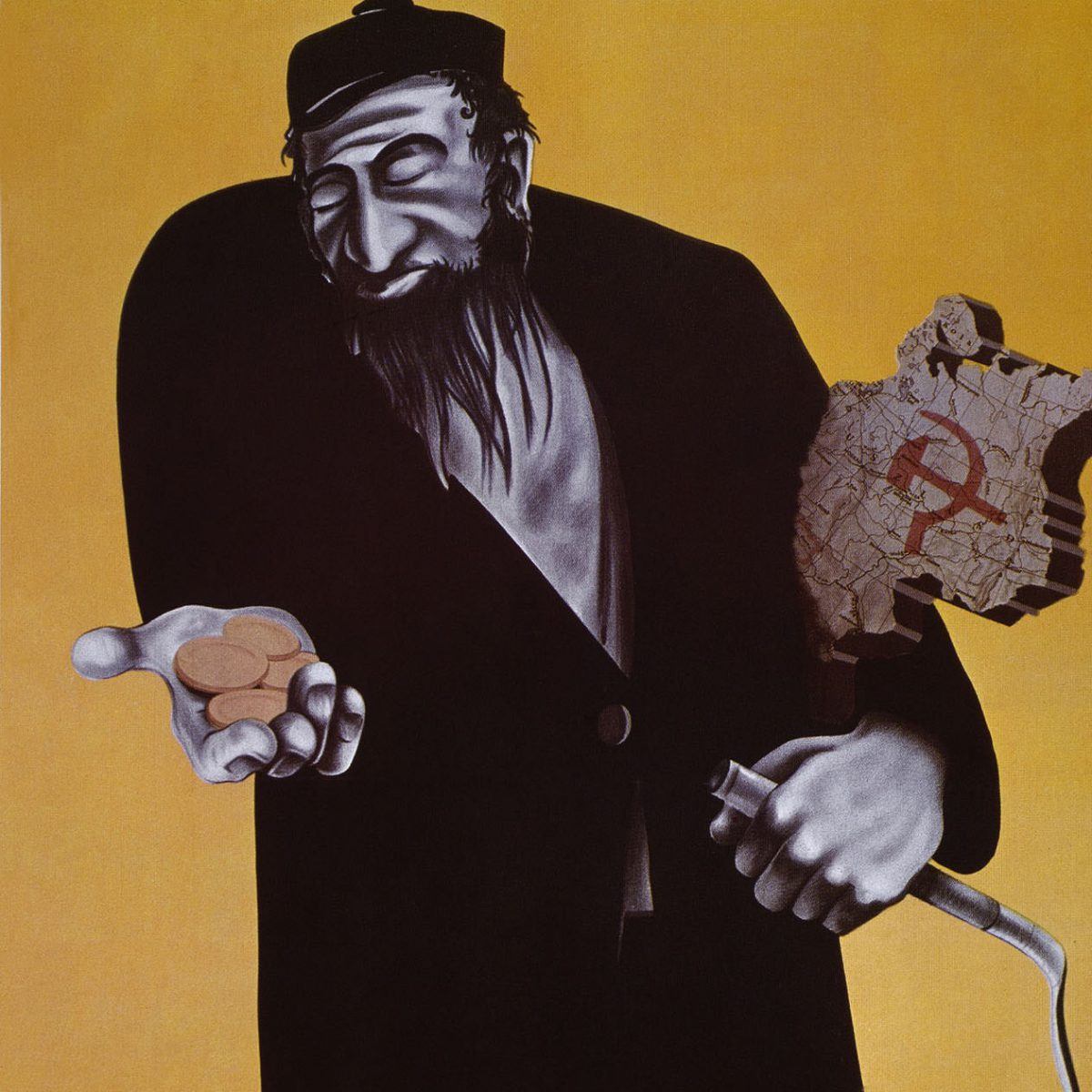
Myth: Jews Are Greedy
One of the most prominent and persistent stereotypes about Jews is that they are greedy and avaricious, hoping to make themselves rich by any means. They are seen both as relentless in the pursuit of wealth and also as stingy misers determined not to let any money slip from their grasp.

Myth: Jews Killed Jesus
The myth that Jews collectively murdered Jesus, also referred to as “deicide,” has been used to justify violence against Jews for centuries. Historians as well as Christian leaders have agreed that the claim is baseless.
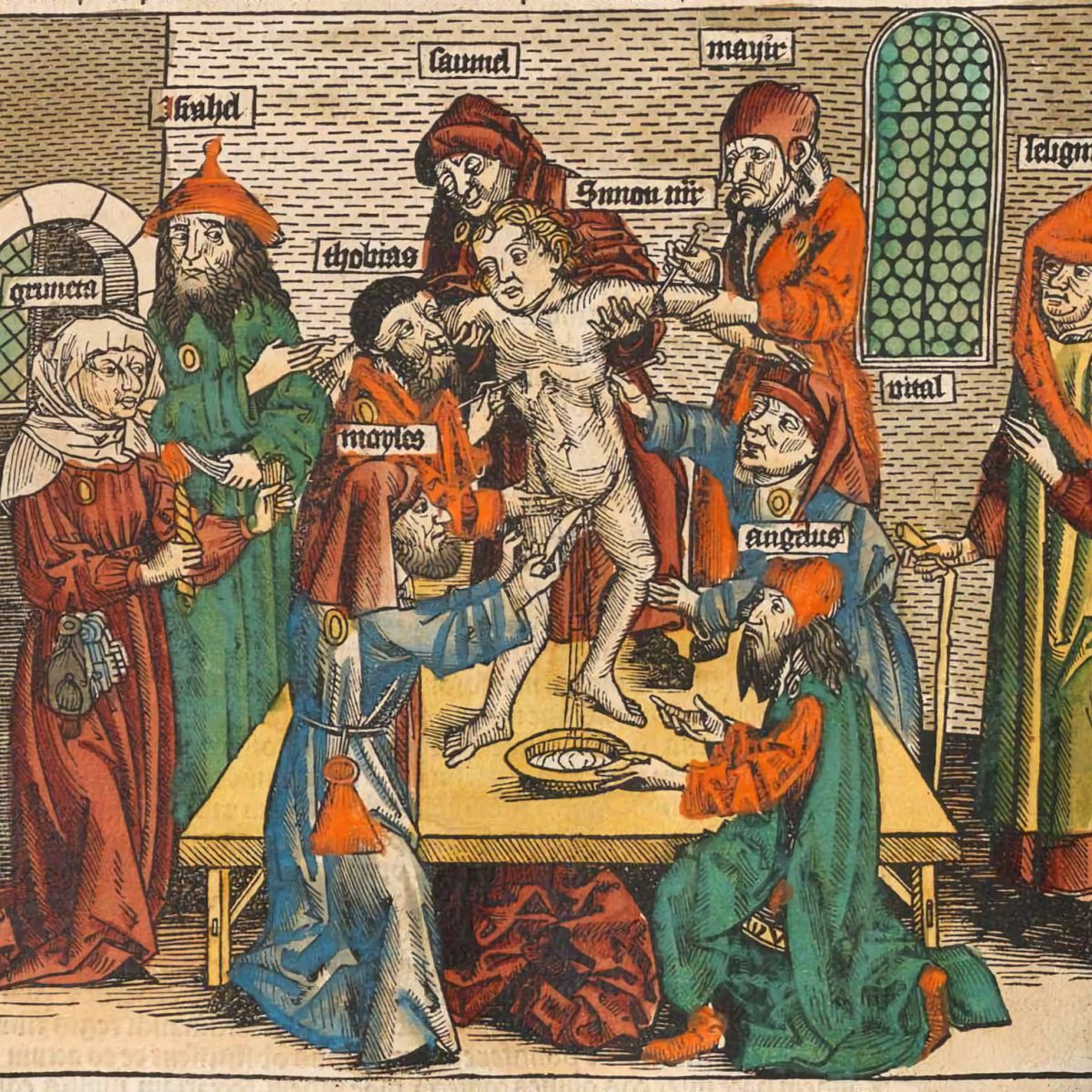
Myth: Jews Use Christian Blood for Religious Rituals
A major theme in antisemitic thought and propaganda is the blood libel, the myth that Jews murder non-Jews, especially non-Jewish children, in order to use their blood to perform religious rituals. Most prevalent in the medieval and early modern period, this peculiar accusation has plagued Jews and incited violence against them for centuries.

Myth: The Holocaust Didn't Happen
In the face of extensive credible evidence — volumes of governmental documents, thousands of eyewitness testimonies, firsthand admissions of guilt, photographs, film footage, meticulous written records, museums’ worth of artifacts, not to mention the remains of the concentration camps, gas chambers and crematoria themselves — there are ongoing efforts to distort, disprove and conceal the facts of the Holocaust.
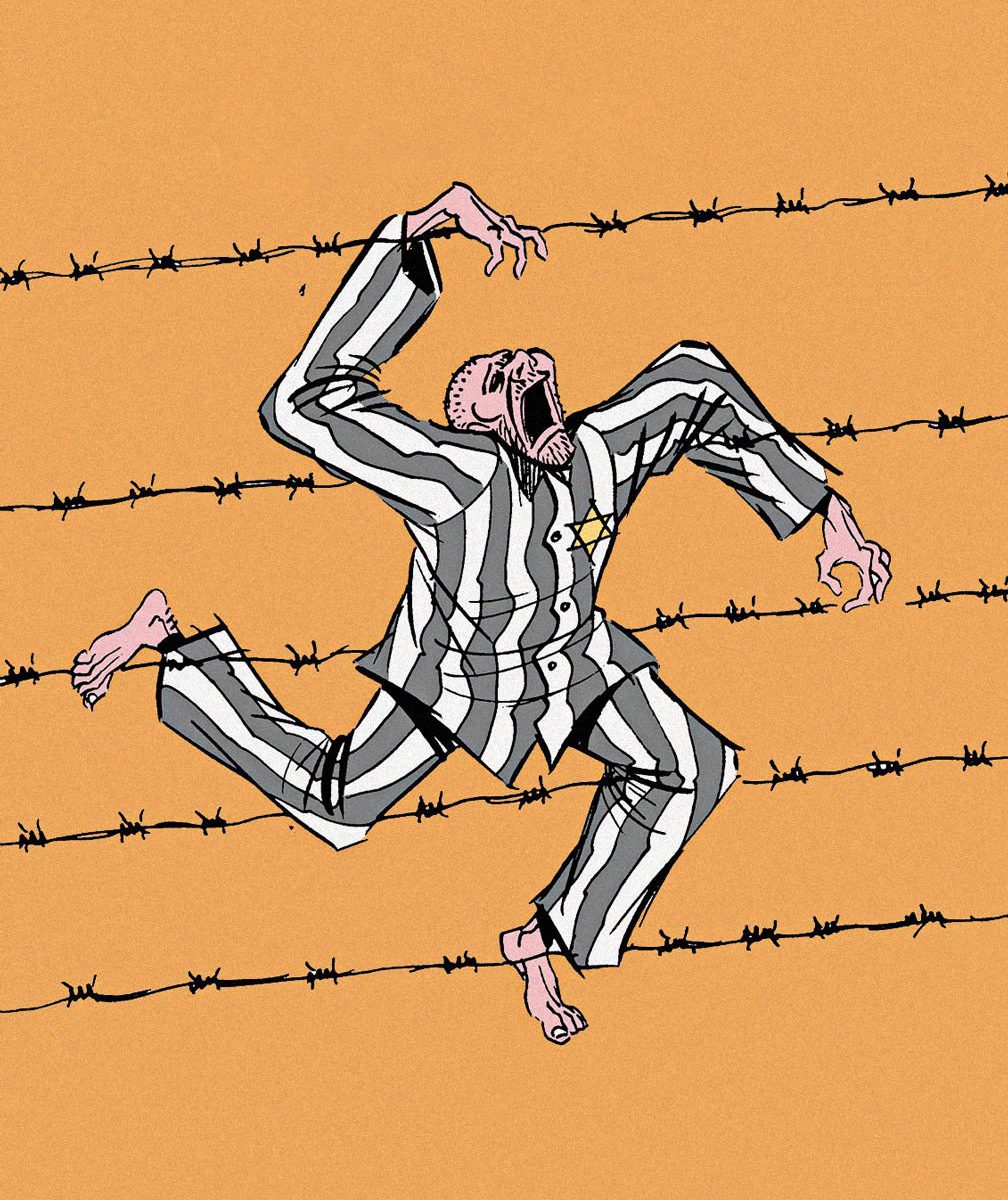
Myth: Anti-Zionism or Criticism of Israel is Never Antisemitic
Criticism of Israel is not in and of itself antisemitic. But much of contemporary anti-Zionism, or the delegitimization of Israel and its supporters, draws on and perpetuates antisemitic tropes.
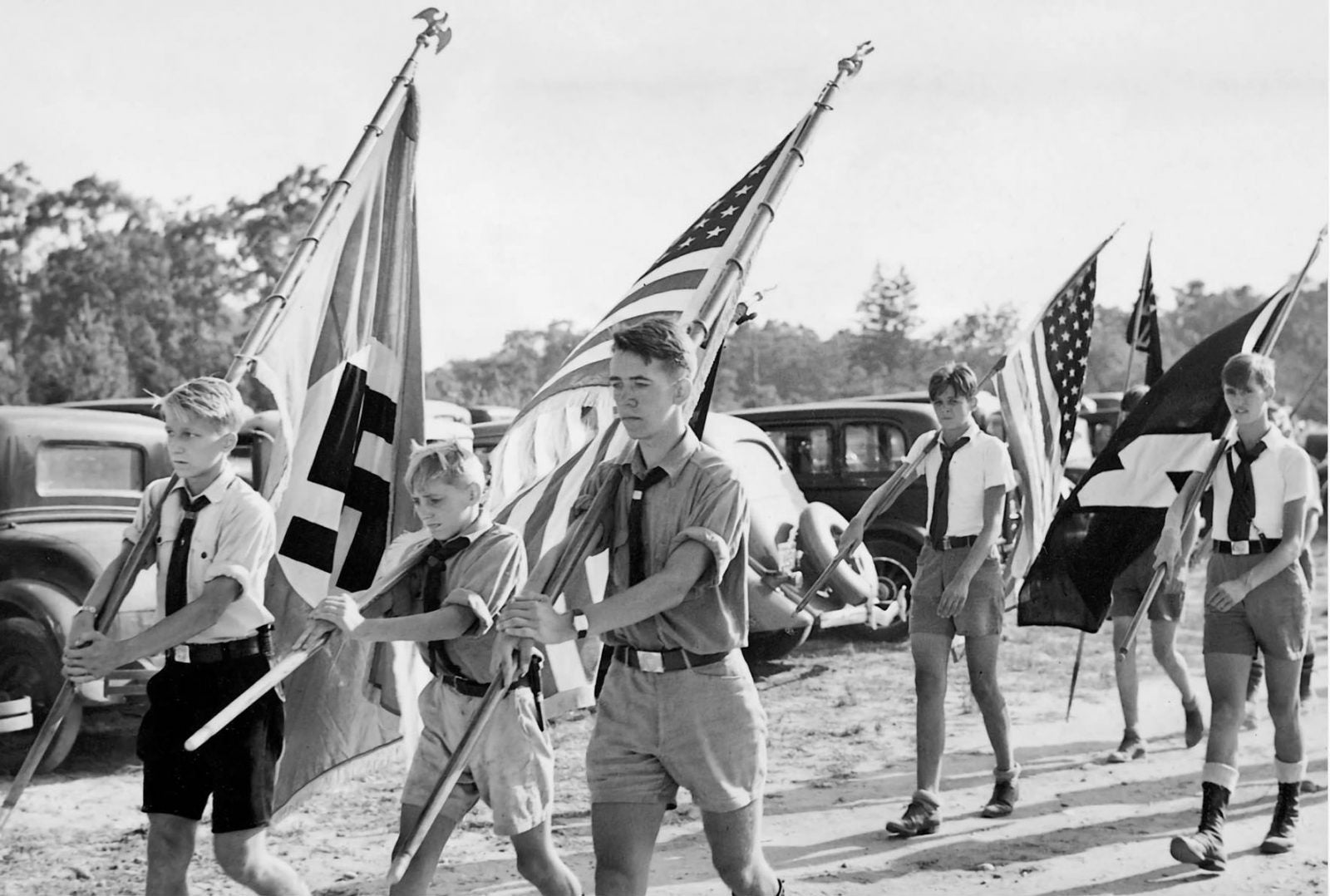
Conclusion
After reading this report, we hope you will understand the faulty logic of the most pernicious antisemitic myths. You have seen what forms each myth can take. You know why each is wrong.
If you put this knowledge to action, you can help prevent antisemitism from growing in today’s world and contribute to maintaining a civil society in which hate-based ideologies have no place.
 https://www.columbiamissourian.com/news/anniversary-of-selma-march-rekindles-ferguson-comparisons/article_37d3ac90-761f-52ea-9152-3b43f3aadb44.html
https://www.columbiamissourian.com/news/anniversary-of-selma-march-rekindles-ferguson-comparisons/article_37d3ac90-761f-52ea-9152-3b43f3aadb44.htmlShare Your Voice.
If you hear someone — such as a neighbor or coworker — use one of these antisemitic tropes, with or without negative intent, don’t be afraid to name it. It might be a little awkward, but that’s okay. If it’s safe, it’s good to interrupt intolerance when it happens. And if you hear an elected official or political candidate promote an antisemitic myth, call them out regardless of how they affiliate or how you vote. Leaders in our communities and our country should be held to the highest standard. When they fall short, confront them. Even when certain antisemitic myths may be used in what could be construed or intended as a complimentary way, they are still harmful to Jewish people by propagating and seeming to validate inaccurate stereotypes about Jews.
Share The Facts.
When you call out antisemitism, avoid hyperbole and draw upon data and facts such as those provided in this report. Identify which faulty narrative is being emphasized — whether theological, eugenicist or political — in order to debunk misinformation, but don’t engage in hysterics. Use social and traditional media to share information that’s based in evidence. Write your member of Congress. Speak up at town halls. Your local ADL office can help.
Share Your Strength.
If you experience or witness an incident of antisemitism — whether that’s graffiti at a local business, an alt-right protest in your community or anti-Jewish slander on social media — report it to ADL rather than dismiss it. ADL does our best to investigate incidents and respond quickly. And beyond just reporting a single situation, stand together with those who are bullied or marginalized in any situation. Allyship is a critical aspect of the fight for a more just and fair future.
It has taken millennia to shape modern antisemitism. It will take the collective effort of all of us to counteract this evil and shape a world free from hatred, bias and bigotry. Let’s get to work.
Note from the CEO
For more than a century, ADL has been battling antisemitism7Moving forward, ADL will use the spelling “antisemitism” instead of “anti-Semitism.” After reviewing the history and consultingf with other leading experts, we’ve determined that this is the best way to refer to hatred toward Jews. For more, see https://www.adl.org/spelling-of-antisemitism-vs-anti-semitism. and fighting to secure justice and fair treatment to all.
Sadly, the past few years have been among the most challenging that we have seen in recent memory: from Pittsburgh to Poway to Jersey City to Monsey to Colleyville, violent antisemitic incidents have become all too common. In the aftermath of the horrific terrorist attack on Israel on October 7, 2023, antisemitism soared in the United States and around the world. From October 7, 2023 through January 7, 2024, ADL data showed roughly a 360% increase in antisemitic incidents in the United States compared to the same period a year prior. Fifty-six of the incidents included physical assault, and 1,307 took place at rallies which included antisemitic rhetoric, expressions of support for terrorism against the state of Israel and/or anti-Zionism.
College and university campuses have become hotbeds for antisemitism. Seventy-three percent of Jewish college students have experienced or witnessed some form of antisemitism since the beginning of the 2023-2024 school year alone. 8Campus Antisemitism: A Study of Campus Climate Before and After the Hamas Terrorist Attacks. This number reflects 73% of students surveyed in a longitudinal survey of American college students conducted by ADL Center for Antisemitism Research, Hillel International and College Pulse. https://www.adl.org/resources/report/campus-antisemitism-study-campus-climate-and-after-hamas-terrorist-attacks
We had seen and continue to see leading voices in the United States — from both sides of the political spectrum to celebrities and other high-profile figures — who are normalizing antisemitism. They are using antisemitic myths and tropes about “globalists” controlling government and other industries, especially the media, and about Jewish money destroying our borders or the dual loyalty of Jewish citizens. Disturbingly, ADL’s Antisemitic Attitudes in America survey found that over three-quarters of Americans (85 percent) believe at least one anti-Jewish trope, as opposed to 61 percent found in 2019. We also see this trend throughout the world, with Jews and Jewish institutions being increasingly scapegoated and targeted by acts of violence. The surge in anti-Zionist activity on social media, on college campuses, in politics and the public domain we’re seeing in the United States and around the globe is beyond concerning, and efforts to mainstream attacks on Zionism and Zionists under the guise of criticizing Israel are especially alarming.
Amplifying it all are online platforms that tolerate antisemitism and hate, facilitating its unprecedented reach and accessibility. Not just adults, but children can easily find horrific hate online with a click or a swipe, 24 hours a day, seven days a week, 365 days a year. In our local communities, we see swastikas drawn into desks at school, students ostracized for supporting Israel on college campuses and synagogue windows smashed. We see hate groups spreading antisemitic rhetoric through fliering campaigns, public demonstrations and online. At anti-Israel protests, common chants have come to include “From the river to the sea, Palestine will be free” and “Globalize the Intifada.”
Finally, this is all happening at a time when our collective memory of the Holocaust is fading. A recent Pew study indicated that Gen Z knows less about the Holocaust than previous generations. 9Pew Research Center, Religion and Public Life, “What Americans Know About the Holocaust,” https://www.pewforum.org/2020/01/22/what-americans-know-about-the-holocaust/. The ADL Global 100: An Index of Antisemitism determined that only an estimated 54 percent of adults worldwide have even heard of the Holocaust. Findings from an ADL Center on Antisemitism Research study reveal that belief in antisemitic tropes is strongly correlated with a lack of knowledge about Jews, Judaism and the Holocaust. Survey participants who correctly answered that 6 million Jews were killed in the Holocaust believed the fewest anti-Jewish tropes. 10From Antisemitic Attitudes in America: Conspiracy Theories, Holocaust Education and Other Predictors of Antisemitic Belief Study, April 2023. Respondents who correctly answered that 6 million Jews were killed in the Holocaust believed the fewest anti-Jewish tropes: only 3.2, on average, compared to 7.3 for those who underestimated the number of Jews killed at 1 million or fewer. https://www.adl.org/resources/report/antisemitic-attitudes-america-conspiracy-theories-holocaust-education-and-other
ADL first published this guide in March 2020. With Antisemitism Uncovered: A Guide to Old Myths in a New Era, we explain the history of antisemitism and the myths at its core. We ordered the discussion of each myth with descriptions of its historic origin and contemporary examples. With this modular structure, we built a bridge from past to present in order to crystalize and demonstrate why and how this hatred still haunts us. By offering this context and debunking these myths, this guide can educate people from all walks of life about what is and is not antisemitism, enabling all of us to stop its spread and call it out whenever and wherever it may arise. In March 2022, we launched a video series to further raise awareness around each of the seven tropes featured in this guide. You can find them in each chapter. We encourage you to share them and join us in fighting hate for good.
Sincerely,
Jonathan Greenblatt
ADL CEO
Acknowledgments
ADL gratefully acknowledges The ADL Lewy Family Institute for Combating Antisemitism for its sustained support and commitment to fighting antisemitism. ADL also thanks its individual, corporate and foundation advocates and contributors, whose vote of confidence in our work provides the resources for our research, analysis and programs fighting antisemitism and hate in the United States and around the globe.
ADL thanks Esta Gordon Epstein, Chair, Board of Directors (2019-2021) and Ben Sax, Chair, Board of Directors (2022-present) for their leadership, and all of our volunteer leaders for their time and dedication to our mission.
ADL greatly appreciates the editorial contributions and valuable review by Andrew Mark Bennett, doctoral candidate in law, Freie Universität Berlin; Golan Moskowitz, Assistant Professor of Jewish Studies at Tulane University; Alvin H. Rosenfeld, Director of the Institute for the Study of Contemporary Antisemitism, Indiana University; Jonathan D. Sarna, University Professor and Joseph H. & Belle R. Braun Professor of American Jewish History and Director, Schusterman Center for Israel Studies at Brandeis University; Magda Teter, Professor of History and the Shvidler Chair in Judaic Studies at Fordham University; and the team at Be’chol Lashon / GlobalJews.org.
Last but not least, thank you to Kenneth Jacobson, Deputy National Director and ADL’s longest-serving employee, who has helped steer ADL in its fight against antisemitism for more than 50 years. His wisdom, passion for the legacy and future of the Jewish people and the respect with which he treats all of his colleagues strengthens ADL and inspires admiration among us.
Join The Fight
Antisemitism Uncovered is a guide to help you understand more about the history and current manifestations of antisemitism. What’s the next step? Join the fight against it! We’ve gathered all our most practical resources—the tools and strategies you need to engage in that fight—in one place: right here in Antisemitism Uncovered Toolkit: Resources to Speak Up, Share Facts and Show Strength Against Hate.
